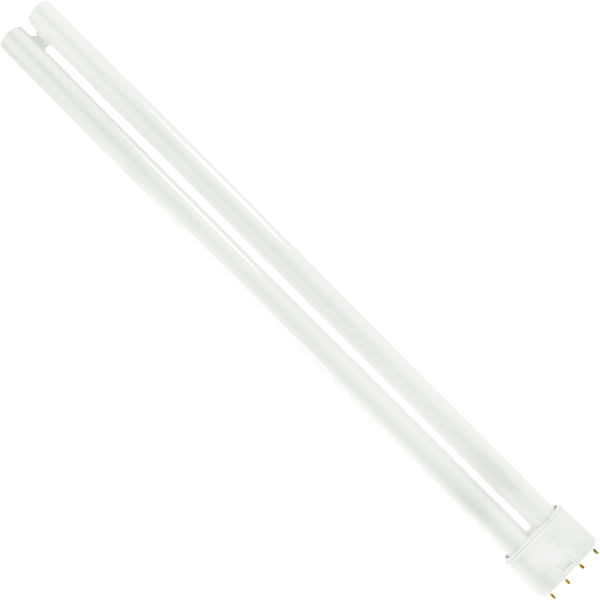Think about all the lights you use throughout the day. More specifically, picture yourself in Kirby gym. There are 120 light bulbs, each with a specific life cycle and environmental impact. In a world where environmental sustainability is becoming a much bigger conversation, we often look for complex and big ways to reduce our carbon footprint, but sometimes these solutions are simpler than they seem.


The light bulbs we use in the DA gym are compact fluorescent lights. In addition to energy consumed during usage, there is a whole process behind their production that is easily overlooked. First, all of the raw materials are mined and produced. These light bulbs have glass, a small amount of mercury, a material called a phosphor, and a ceramic base. Most of these materials have to be heated in a furnace, which requires lots of either electricity or gas. Then, these materials are shipped from where most of them are sourced in China all the way to the Netherlands for the next phase of manufacture, and then out to stores all over the world. The materials that go into one simple light bulb travel on conveyor belts, trains, trucks, planes, boats, and barges, each with their own environmental impacts. Once production is finished, light bulbs have around 15,000 hours of use, which is a little over a year. In the end, most are just thrown away in general trash disposal. This is an example of a linear life cycle, which is not sustainable because we are using resources we have a finite supply of, without recycling them.
So, what do we do about this? LEDs are a more environmentally friendly option than compact fluorescents because they can have a longer usage by 50,000 to 100,000 hours, they don’t contain mercury, and they provide more dimensional lighting than fluorescents. However, even if we did switch to LED lighting, a good portion of the environmental impact would still come from how we handle the lights for the rest of their life cycle after production. Turning the lights off is a simple way to prolong the life cycle of a light bulb, which is important because we will use less energy and have to buy new lights less frequently. Another important thing is to be conscious of how we dispose of our light bulbs. Most of the materials like glass and some metals in light bulbs can be recycled into other light bulbs or other products. This doesn’t have to be complicated either, because stores like Lowes have a light bulb collection, and there are companies that offer light bulb recycling so they don’t end up in a landfill.

Recent Comments